Growth in the Electronics Sector
The High Resolution Dispensing System Market is closely linked to the burgeoning electronics sector, which is witnessing rapid advancements in technology. The demand for miniaturized electronic components necessitates precise dispensing solutions to ensure optimal performance and reliability. Recent statistics indicate that the electronics industry is projected to grow at a rate of 5% annually, further driving the need for high-resolution dispensing systems. As manufacturers strive to produce smaller, more efficient components, the role of high-resolution dispensing systems becomes increasingly critical. This growth trajectory suggests a robust market opportunity for companies specializing in high-resolution dispensing technologies.
Increased Focus on Quality Control
Quality control remains a pivotal concern within the High Resolution Dispensing System Market, as manufacturers seek to enhance product reliability and compliance with regulatory standards. The emphasis on quality assurance has led to a greater adoption of high-resolution dispensing systems, which offer precise control over material application. Data indicates that industries such as pharmaceuticals and food processing are particularly stringent regarding quality standards, driving the demand for advanced dispensing solutions. As companies invest in high-resolution systems to ensure consistent quality, the market is likely to witness sustained growth, reflecting the critical nature of quality control in production processes.
Emergence of Eco-Friendly Solutions
The High Resolution Dispensing System Market is increasingly influenced by the emergence of eco-friendly solutions, as sustainability becomes a priority for manufacturers. Companies are actively seeking dispensing systems that minimize waste and utilize environmentally friendly materials. This shift is evident in the growing demand for systems that can dispense bio-based and recyclable materials, aligning with global sustainability goals. Market analysis suggests that the eco-friendly dispensing solutions segment is expected to grow by approximately 10% over the next few years. This trend indicates a significant opportunity for manufacturers to innovate and develop high-resolution dispensing systems that cater to environmentally conscious consumers.
Integration of Automation Technologies
The integration of automation technologies within the High Resolution Dispensing System Market is transforming operational efficiencies. Automation not only streamlines production processes but also enhances the accuracy of dispensing systems. As industries adopt Industry 4.0 principles, the demand for automated dispensing solutions is expected to rise significantly. Reports indicate that the automation market is anticipated to reach a valuation of over 200 billion by 2026, with a substantial portion attributed to dispensing systems. This trend suggests that companies are increasingly recognizing the value of automated high-resolution dispensing systems in reducing labor costs and minimizing human error, thereby improving overall productivity.
Rising Demand for Precision Manufacturing
The High Resolution Dispensing System Market is experiencing a notable surge in demand for precision manufacturing across various sectors, including electronics, automotive, and pharmaceuticals. As industries increasingly prioritize accuracy and efficiency, the need for high-resolution dispensing systems becomes paramount. According to recent data, the precision manufacturing sector is projected to grow at a compound annual growth rate of approximately 7% over the next five years. This growth is driven by the need for advanced technologies that can deliver precise amounts of materials, thereby reducing waste and enhancing product quality. Consequently, manufacturers are investing in high-resolution dispensing systems to meet these evolving demands, positioning themselves competitively in the market.

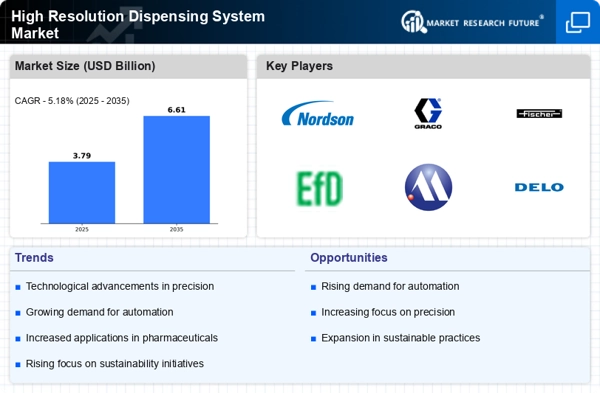
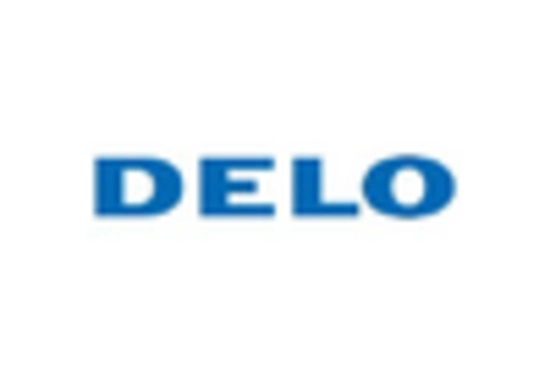
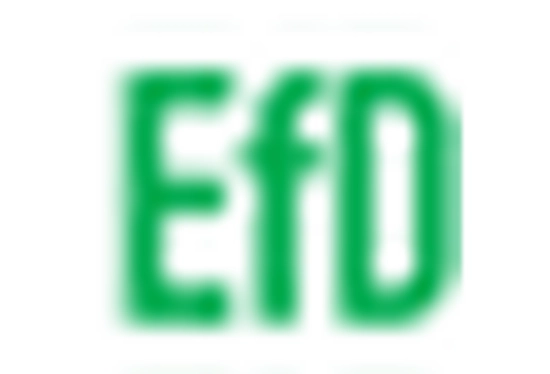
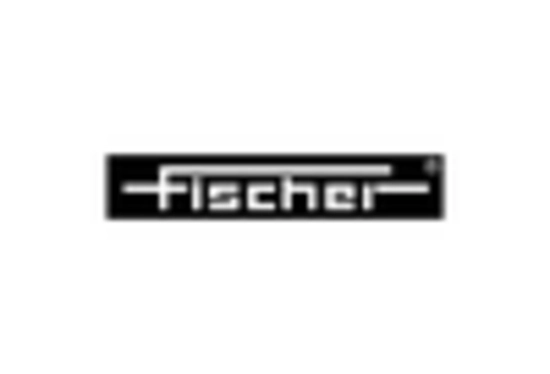
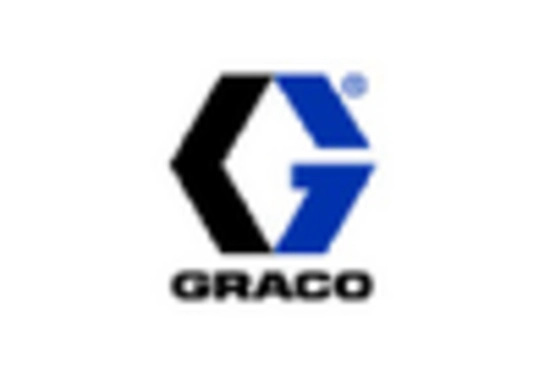

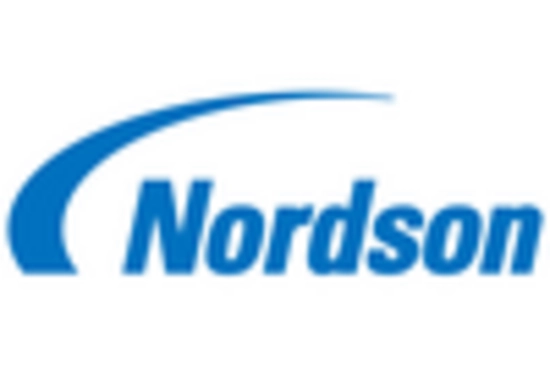








Leave a Comment